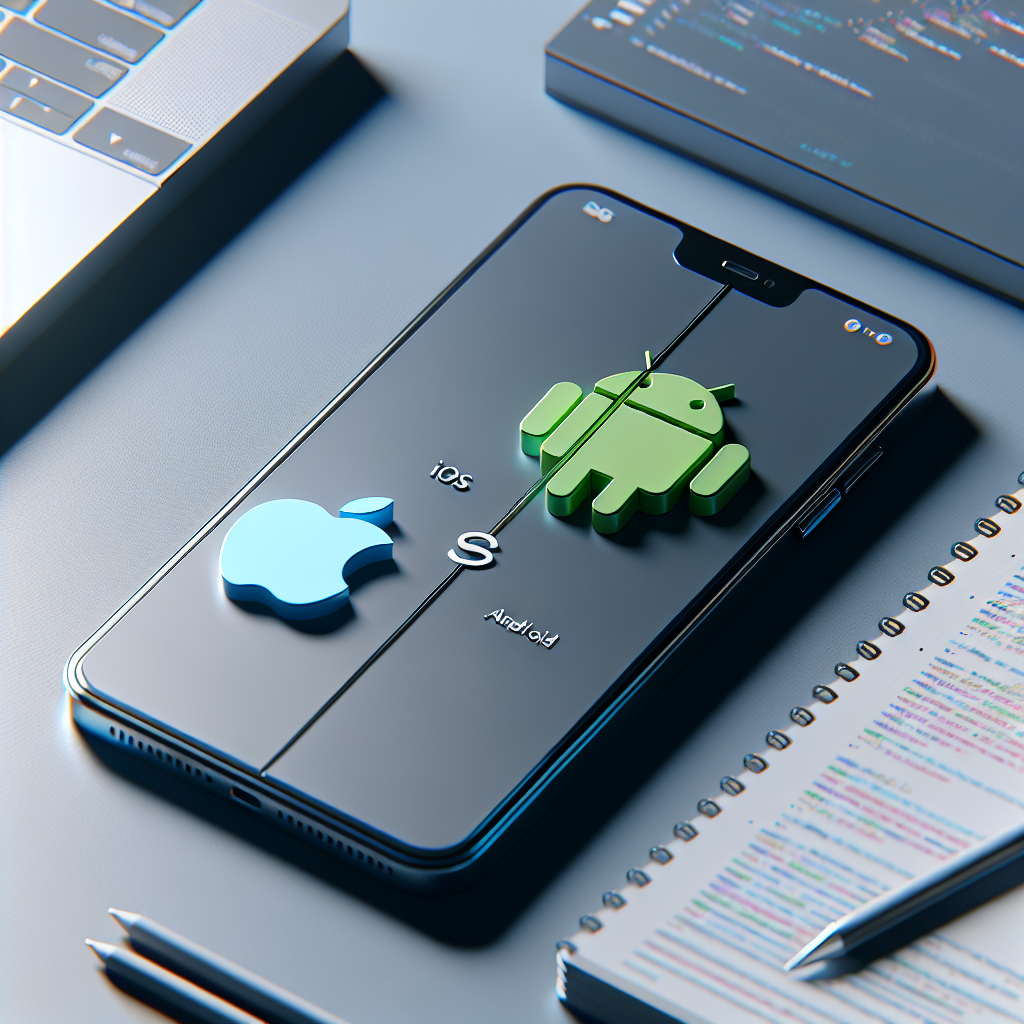Choosing between iOS and Android as the primary platform for your app development can significantly shape your project’s success. This article delves into the strengths and weaknesses of both operating systems to assist developers in making informed decisions. We will explore market share, development costs, and user demographics, guiding you to determine which platform might be the better option to build for first.
Market Share and User Demographics
Understanding the market share of iOS and Android is essential for determining your target audience. According to recent statistics, Android holds a commanding lead in global market share, accounting for approximately 72% of all smartphone users, while iOS captures about 27%. This dominance translates into a larger user base, potentially leading to a higher number of downloads and broader reach for your application.
However, while Android appeals to a more diverse range of users, iOS generally attracts affluent customers, often leading to higher spending in apps. For developers seeking to target markets with more significant purchasing power, iOS might be the preferred choice. Thus, understanding your intended audience is crucial in selecting the right platform for development.
Development Costs and Complexity
Another pivotal aspect to consider is the cost and complexity involved in developing for either platform. Generally, Android app development can be more complicated due to the wide array of devices and screen sizes manufacturers release. This variability often requires extensive testing and the creation of multiple app versions to ensure compatibility. Moreover, while the Android development environment is open-source and offers numerous tools, it can lead to longer development times and increased costs.
In contrast, iOS development tends to be more straightforward. Developers benefit from a streamlined operating system with fewer devices to test. Apple’s stringent guidelines can lead to higher quality applications but may require developers to invest more upfront in terms of learning iOS’s unique coding languages, such as Swift. Ultimately, if budget considerations and development time are critical, these factors may influence your choice between the two platforms.
Monetization Opportunities
Choosing the right platform also requires careful consideration of monetization strategies. Both iOS and Android offer diverse avenues for users to generate revenue, yet their approaches differ. Historically, iOS apps tend to yield higher revenue through in-app purchases and premium app downloads. Developers can often set higher prices for iOS apps due to customers’ willingness to pay for quality, leading to a potentially lucrative return on investment.
On the other hand, Android’s broader user base provides opportunities for ad monetization. While individual users might spend less on apps, the large audience makes it easier to generate income through advertisements. Selecting a platform based on your planned monetization strategy could greatly impact your app’s financial success.
In conclusion, deciding whether to build your app for iOS or Android first depends on your target audience, budget, development complexity, and monetization model. The right choice can help you leverage your resources effectively and maximize your app’s potential in a competitive market.


